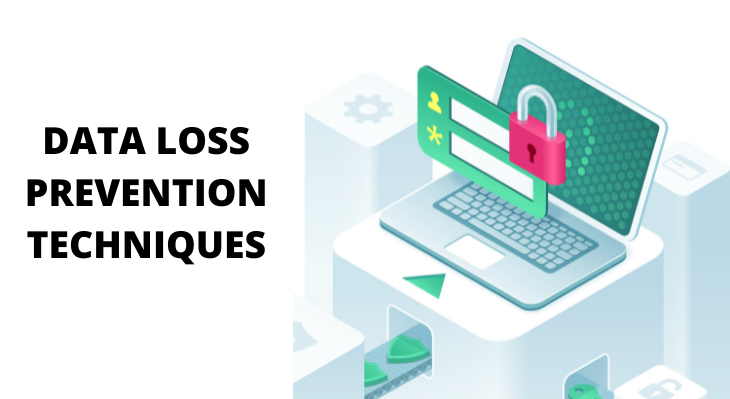Data is the most important asset in every business and thus its management is the priority for every business owner.
However, it is also prone to attacks and thus sometimes organizations often face the issue of data loss.
Data loss prevention is the practice adopted by organizations in order to protect the data from any breaches. This practice also assists organizations in preventing the data from attacks.
Let us answer some of the questions related to data loss prevention.
DLP (Data loss prevention) works on various content analysis techniques in order to find any policy violations. Some of the key techniques are as under:
• Database Fingerprinting
Within this mechanism exact matches are looked for in live databases or databases.
• Similar File Matching
Within this technique, hashes of files are looked for and are matched against exact fingerprints.
This technique provides low false positive rates.
• Conceptual
Within this, user receive alerts on unstructured ideas defying categorizations.
Some of the key trends that emphasize the role of DLP adoptions are as under:
• Increasing Role of CISO
It has become an inseparable part of modern business to partner with CISO’S in order to completely understand the idea of preventing data leaks and knowing about its storages and potential risks involved.
• Compliances
DLP assists in satisfying any compliance regulations as it is capable of detecting data losses and their prevention.
• Increasing Data Breaches
Due to the business going online and their dependency on cloud platforms, businesses are more often experiencing attacks on their data.
DLP implementation prepares any organization in advance to handle such types of attacks confidently.
Also Read: 7 Best Practices for Data Integration: You Should be aware of
Below mentioned are some of the best practices for data loss prevention:
Companies should on a priority basis identify the type of data they collect. Also, they should track down this data to its storage area.
Moreover, they should identify how this data is being used by employees.
All of these identifying and monitoring procedures will assist organizations in understanding the flow of data.
This in turn assists them in discovering vulnerabilities in data handling and also highlights the loopholes in the handling of data by employees.
Organizations should use classification tags to quickly search the type of data they are looking for.
Applying this procedure will assist users in quickly finding out the controls given on handling a particular data.
Such lists can be either a whitelist containing allowed items and it can be either a blacklist containing disallowed items.
With the BYOD taking a step ahead in the daily business process, it becomes even more essential to properly secure the data.
Some of the members might be working on different operating platforms.
In such case if there has to be an exchange of data then cross-platform DLP software should be used that offers endpoint security features and can be easily run through any platforms.
Hackers have evolved themselves too throughout time.
That’s why merely being dependent on passwords won’t be a safe idea.
Organizations should opt for multifactor authentication to keep their data safe from any breaches.
Whether you are using your data or the data is at rest it should be properly encrypted.
Encrypt the hardware in use in order to avoid any data loss.
Moreover, if any member is using a portable device, it should use encrypted disk solutions in order to safeguard the data.
All the data protection activities should be documented to keep the process transparent.
This will assist organizations with any future events as it can act as a case study for future issues.
More than the top management, it is the staff that actually handles all the data process right from the collection to categorization.
These people often see the loopholes that top management might ignore.
Involving employees will surely bring better insights into the DLP procedure.
Always identify the most critical data that can be at higher risks.
Use DLP controls over such data to keep it safe from any future attacks.
Educate your employees about data protection and the threats that the data can be protected from.
Training should be provided to employees on handling data risks as well as theft.
The Last but important step is to monitor the data at every stage.
It should be regularly monitored on its collection part as well as its storage and handling part.
Any changes or discrepancies found should quickly be addressed.
Conclusion
Both the DLP and tools of DLP hold utmost importance in modern security for business. Above mentioned steps will assist users in forming a better data loss prevention strategy to avoid any future threats.
Also Read: 10 Best Practices for Master Data Management to Consider

